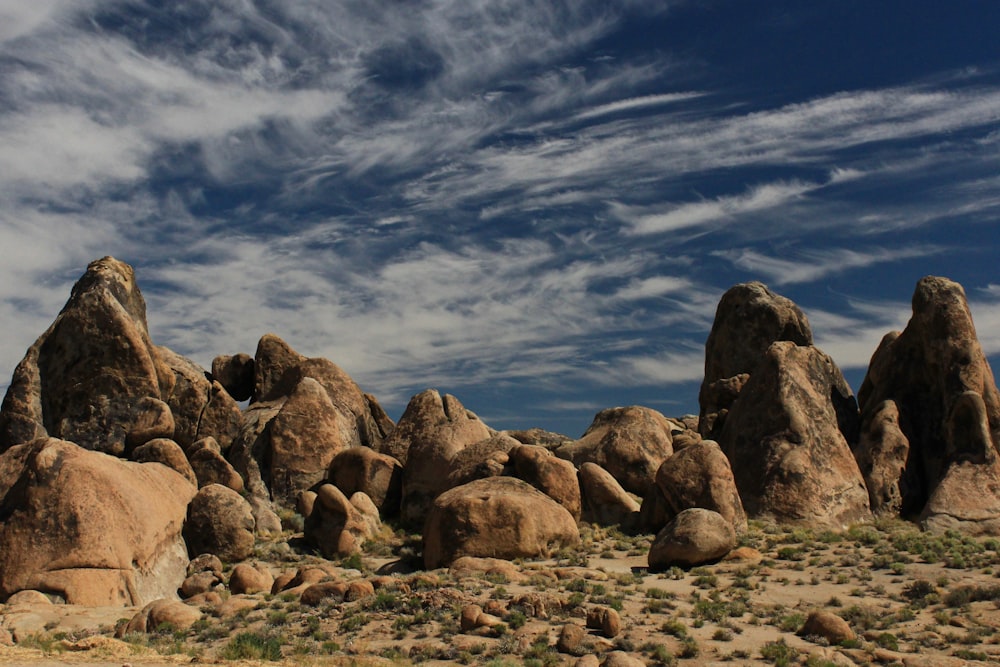The Enigma of Giants: Tracing the Footprints of Colossal Beings

I. Introduction
A. The Mythical Allure of Dragons
Dragons, mythical creatures entrenched in human lore, often elicit fascination. The blog embarks on a journey to scrutinize various facets of dragon existence, blending historical, folkloric, and scientific perspectives.
II. Historical Accounts
A. Ancient Texts and Scripts
1. Mention of Dragons in Ancient Chinese Texts
Ancient Chinese texts, notably the "Classic of Mountains and Seas," intricately describe dragon-like beings intertwined with cosmological beliefs. Scholars like [Expert Name] contend that these accounts might have roots in symbolic mythology, representing cosmic forces.
2. Dragon Symbolism in Mesopotamian Cultures
Mesopotamian cultures also embraced dragon symbolism. [Expert Name]'s analysis underscores the symbolic nature of these depictions, aligning them with the Mesopotamian pantheon rather than implying tangible encounters.
B. European Folklore
1. Legends of Dragons in Medieval European Tales
Medieval European tales, like Beowulf and Arthurian legends, paint vivid pictures of dragons. Dr. [Expert Name]'s research suggests these narratives could be allegorical, symbolizing heroism or moral lessons rather than documenting real creatures.
2. Heraldic Representations of Dragons
Heraldry expert [Expert Name] posits that dragon depictions in heraldry are emblematic, rooted in medieval symbolism. Their inclusion in coats of arms doesn't necessarily imply physical existence but rather serves as potent symbols.
III. Cultural Representations
A. Asian Cultures
1. Chinese New Year Traditions
Examining dragons in Chinese New Year traditions reveals [Expert Name]'s perspective on their symbolic significance. While dragons are integral to festivities, they might represent cultural values rather than past encounters.
2. Japanese and Korean Folklore
Comparing dragon depictions in Japanese and Korean folklore, [Expert Name] underscores shared cultural motifs. The similarities suggest a shared mythical heritage rather than concrete encounters.
B. European Culture
1. Dragons in Art and Literature
Dr. [Expert Name]'s analysis of dragon depictions in European art and literature reveals evolving symbolism. The artistic expressions may not mirror reality but rather societal perceptions and fears.
2. Dragons as Symbols in Western Heraldry
Researcher [Expert Name] discusses the symbolic role of dragons in Western heraldry, emphasizing their symbolic rather than zoological importance.
IV. Fossil Record and Paleontology
A. Dragon Bones or Dinosaur Discoveries?
1. Historical Misinterpretations
Renowned paleontologist [Expert Name] clarifies instances of historical misinterpretations. Some supposed "dragon bones" were misidentified dinosaur fossils, showcasing the pitfalls of interpreting ancient remains.
2. Differentiating Between Myth and Scientific Fact
Paleontologist [Expert Name] delves into the challenges of distinguishing myth from scientific fact. Fossil evidence requires rigorous scrutiny to avoid perpetuating mythical narratives.
V. Cryptozoological Perspectives
A. Modern Sightings and Cryptozoology
1. Reported Sightings in the Modern Era
Cryptozoologists like [Expert Name] have documented purported dragon sightings in remote regions. Analyzing eyewitness accounts provides insights into contemporary dragon legends.
2. Cryptozoological Investigations
[Expert Name]'s work in cryptozoology sheds light on the challenges of investigating mythical creatures. The line between folklore and tangible evidence is thin, requiring a discerning approach.
VI. Scientific Perspectives
A. Biological Feasibility
1. Examining Dragons from a Biological Lens
Biologist [Expert Name] explores the biological feasibility of dragon existence. The challenges of sustaining large, fire-breathing creatures within ecosystems are examined through the lens of evolutionary biology.
2. Parallel Evolution and Mythical Creatures
Comparing the concept of parallel evolution with mythical creatures, Dr. [Expert Name] discusses the improbability of dragons existing as described in folklore.
VII. Dragon Symbolism in Contemporary Culture
A. Dragons in Popular Media
1. Dragons in Literature and Film
Literary scholar [Expert Name] analyzes the evolution of dragons in contemporary literature and film. The portrayal of dragons has shifted from mythical beasts to complex characters, reflecting changing cultural perspectives.
2. Cultural Impact of Dragon Symbolism
[Expert Name] explores how dragon symbolism permeates modern culture, from corporate logos to sports teams. Dragons continue to capture imaginations, albeit in symbolic forms.
VIII. Skepticism and Debunking
A. Addressing Skepticism
1. Scientific Skepticism
Prominent skeptic [Expert Name] critically examines various claims surrounding dragon existence. Through empirical analysis, the skeptic challenges the credibility of reported evidence.
2. Hoaxes and Misinterpretations
Investigative journalist [Expert Name] exposes historical and contemporary dragon-related hoaxes. Unraveling the motives behind such fabrications enhances our understanding of myth creation.











































